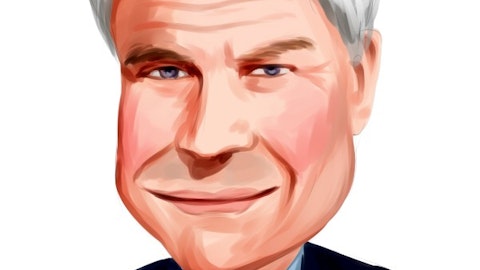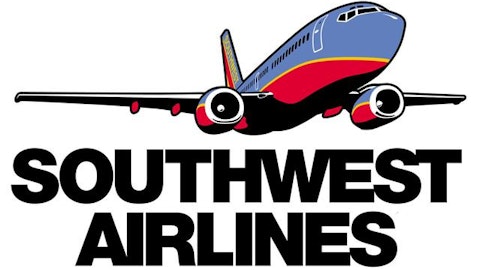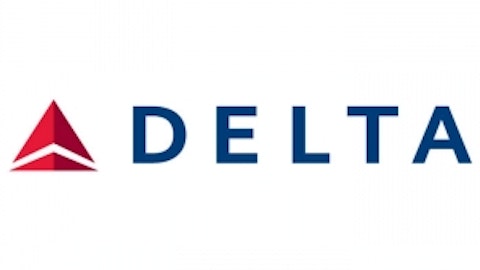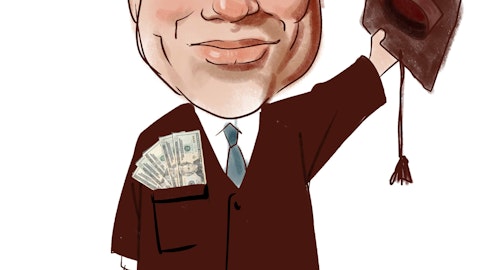The airline industry is rebounding after being punished in 2007. Most of the stocks have outperformed the market, and investors should take advantage of it by investing in this sector. This article presents three airlines that are growing at a strong pace and offer an interesting investment option too good to let pass.
Delta Air Lines, Inc. (NYSE:DAL) reported an outstanding traffic report for May 2013. Its revenue passenger miles (RPM) increased by 1.4% to 16.76 billion in May, largely due to a 10% increase in RPMs from Latin America. Also, its Latin America available seat miles (ASM), that is the number of seats available for purchase, increased by 4.2%. Its total ASM increased by 0.7%. Finally, its load factor increased by 0.7%.
From the fundamental point of view, the company trades with a price-to-earnings ratio of 17.5, below the industry’s average of 23.8. Its revenue remained unchanged at $8.5 billion for the three months ending in March 31, but its net income declined to $7 million.
The company should continue to perform well in coming quarters. Revenue from its international and Latin American sections should increase now that the company has inaugurated the new terminal in the JKF International Airport. Also, the company has recently inaugurated several international routes and resumed seasonal travels, which should further aid revenue growth.
US Airways Group, Inc. (NYSE:LCC) also experienced increasing traffic in May. Its total RPM increased by 5.9%, helped greatly by an 8.4% increase in Atlantic flights. Stronger demand requires extra seat miles, and the company increased its Atlantic ASM by 7.5%. Finally, its load factor increased by 1.7%.
From a valuation standing, the company trades with a P/E ratio of 5.5, also below the industry’s average. The company’s revenue increased 4% to $3.4 billion for the first three months of 2013, and its net income increased 43% to $69 billion. Its capital expenditures increased by $200 million, and its free cash flow increased $114 million, compared to $330 million in the last year.
The growth potential for US Airways Group, Inc. (NYSE:LCC) is enormous. When the merge with American Airlines is complete, US Airways Group, Inc. (NYSE:LCC) will have the largest exposure to the international market. This will help the airline consolidate its presence in the Atlantic, and its revenue should continue to go higher. Also, the company should reduce its costs of operation as the Boeing 757 and 767 are retired and replaced by Airbus A321.
Southwest Airlines Co. (NYSE:LUV) has rapidly become a major airline in the United States. According to its May traffic report, its RPM increased by 4.2%, and its ASM increased by 3.4%. Finally, its load factor increased by 0.6%.
The company is not as cheap as US Airways Group, Inc. (NYSE:LCC) and Delta Air Lines, Inc. (NYSE:DAL), from a valuation point of view. The company trades with a P/E of 27.1, above the industry’s average of 23.8. However, its balance sheet does not carry a significant debt, with a debt-to-equity ratio of 0.4. It is not uncommon for airlines to be immersed in huge amounts of debt. According to its most recent quarterly earnings report, its revenue remained unchanged at $4.0 billion, with a net income of $59 million.
Southwest Airlines Co. (NYSE:LUV)’ growth potential is incredible. The airline is inaugurating new routes, which shows an aggressive expansion strategy. Also, the carrier has partnered with MGM Las Vegas to provide generous bonuses to travelers who use Southwest Airlines Co. (NYSE:LUV) and stay in one of the 12 MGM hotels. Personally, I enjoy flying on Southwest Airlines Co. (NYSE:LUV) to Las Vegas because it is the only airline that offers a direct route from my city, plus it’s cheap. Finally, the airline has announced a $500 million share repurchase program, which will surely bring capital appreciation to investors. The company is well positioned for this buyback program due to a strong cash flow. The company ended the first quarter with a free cash flow of $449 million.




